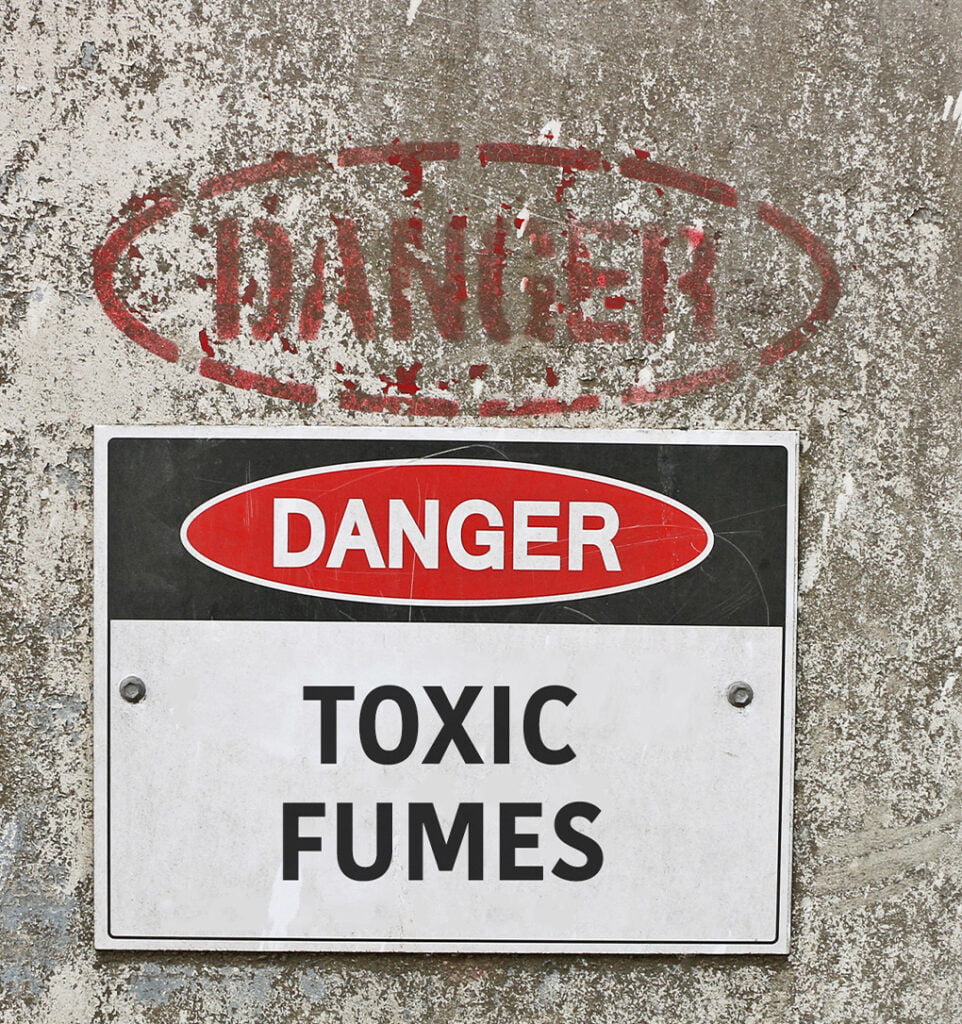Best Toxic Exposure Lawyers In California
Numerous Occupational Safety and Health Administration (OSHA) regulations are in place to protect workers exposed to toxic substances in a variety of industries and professions. Despite this, accidents and oversights can lead to toxic exposure to hazardous substances.
Whether exposure occurs as a result of a single incident or over an extended period of time, which is more common, life-threatening illnesses may develop.

Top Attorneys For Toxic Exposure Claims
Occupational exposure is the most common cause of asbestos disease, referring to the various health complications and conditions related to asbestos. The most prominent of these is mesothelioma, a rare and aggressive form of cancer that’s incurable. Prolonged exposure to asbestos may also lead to asbestosis (diffuse pulmonary fibrosis), a respiratory ailment characterized by shortness of breath that may take anywhere from 10 to 30 years to develop. Plumbers, roofers, insulation installers, and factory workers are among the groups of employees at high risk for this type of exposure.
California’s Expert Toxic Exposure Lawyers
Naturally produced during fires, benzene is an explosive, colorless chemical compound that’s a significant component in gasoline. It’s also widely used to make various products, including rubber lubricants, dyes and detergents, plastics, and pesticides. Research suggests that even low-level exposure to auto emissions and cigarette smoke may be harmful. Firefighters and individuals in gasoline-related industries, refineries, chemical plants, and labs may absorb benzene through breathing or skin contact. Evidence suggests benzene, which may irritate the skin and affect the respiratory and nervous system, could be linked to certain forms of leukemia.
190,000+
Workers suffer of illness yearly due to workplace chemical exposure.
Best RatedToxic Exposure Attorneys In California
Exposure to some form of the chemical element lead may result in lead poisoning. Prolonged exposure to lead, which may enter the body through the digestive or respiratory system, has been associated with high blood pressure, joint and muscle pain, headaches, memory issues, and changes in mood.
Plumbers, lead miners, shipbuilders, glass manufacturers, and construction and autoworkers are among the types of workers that may be exposed to lead in the workplace. Potential sources of lead include old paint, ammunition, glazes used on ceramics, and lead-contaminated soil.
Most Trusted Toxic Exposure Lawyers
Talcum powder is composed of the soft mineral talc. It is a common ingredient in cosmetics and baby powder. Asbestos is present in natural talc and has been linked to cancer. Since the 1970s, however, talc containing asbestos has not been used in consumer products. Today, occupations such as talc mining may expose workers to asbestos. In addition, research suggests that women who frequently apply talcum powder to their genital area may have an increased risk of developing ovarian cancer. If talc poisoning occurs, victims may experience breathing difficulties and other respiratory issues.

Diagnosis and Treatment
Diagnosis often involves blood tests, image tests, and a review of a patient’s medical history and possible sources of exposure. Treatment will depend on the specific condition that resulted from exposure. With cancer, this usually includes chemotherapy and radiation therapy. Symptoms and signs typically associated with toxic exposure include:
- Cancer develops without any other known contributing factors
- Respiratory ailments that may limit activities
- Reproductive issues such as miscarriages and infertility
- Neurological problems that may result in seizures, convulsions, headaches, or persistent discomfort
Talcum powder is composed of the soft mineral talc. It is a common ingredient in cosmetics and baby powder. Asbestos is present in natural talc and has been linked to cancer. Since the 1970s, however, talc-containing asbestos has not been used in consumer products. Today, occupations such as talc mining may expose workers to asbestos. In addition, research suggests that women who frequently apply talcum powder to their genital area may have an increased risk of developing ovarian cancer. Victims of talc poisoning may experience breathing difficulties and other respiratory issues.
Free Consultation
To schedule your free and confidential case review call us at 888-597-4099 or fill out the form below.
Client Testimonials
The Oracle team was always available and guided me through the process. Most importantly, they got me an amazing settlement.
They will make sure you get the best medical treatment and compensation for your injuries. A+++
They were always responsive to my needs and questions. Best yet, they got me a great settlement! I totally recommend Oracle. Thank you again!
